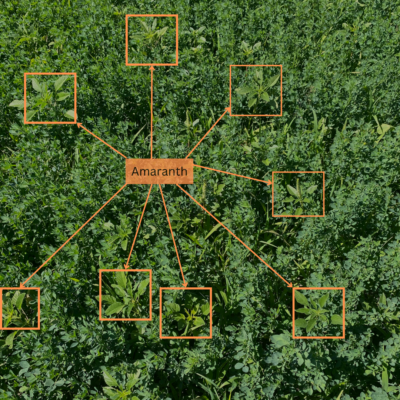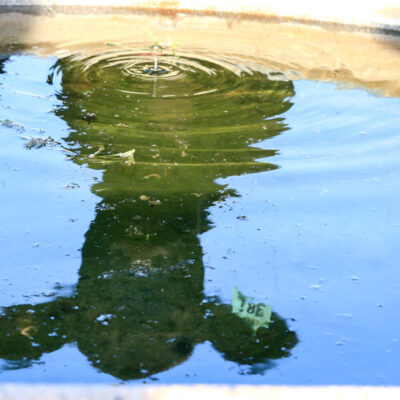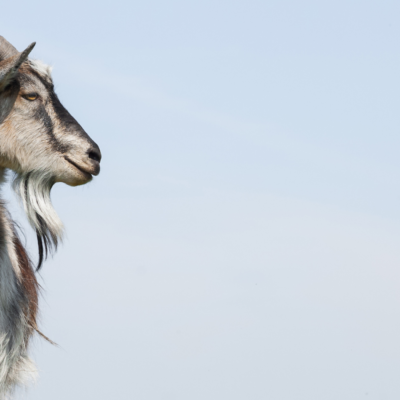Last Saturday I spent the day in a classroom at the US Meat Animal Research Center learning about sheep production and tools put out by University of Wyoming Extension to help producers make the best possible management decisions. The meeting was a cooperation between the University of Wyoming Extension, Great Plains Veterinary Educational Center, Nebraska Sheep and Goat Producers and the US Department of Agriculture. There were three speakers each extension educators at the University of Wyoming and consultants at Master Stockman Consulting.
The first speaker was Bridger Feuz, who spoke about the economics of raising sheep. Economics is important in sheep production to improve profits and build relationships and partnerships with bankers. As in most of agriculture, tight margins for profit exist when raising sheep. It is important to budget for every possibility to make the best possible decision for the operation. The first tool Mr. Feuz introduced was the US Baseline Cost of Production. This tool allows producers to see where they are relative to the average cost to produce sheep. It also showed that often in years when the sheep market was down the cattle market was up and vice versa therefore supporting diversification of enterprises in ranching. The second tool introduced by Mr. Feuz was the Partial Budgeting calculator. This tool along with the other rest of the tools Mr. Feuz went on to describe can be used for all classes of livestock not just sheep. It helps producers make better business decisions by answering 4 questions when making changes to an operation:
- What new or additional costs will be incurred?
- What current income will be lost?
- What new or additional income will be received?
- What current costs will be reduced?
The other tools Mr. Feuz breiefly explained were the Break-Even Calculator, the Ewe Valuation Calculator, Market Comparison Tool, and Net Present Value Analysis used for pasture improvement. All these tools can be found at www.uwyoextension.org/ranchtools.
The second speaker was Barton Stam, a forage specialist. He spoke about meeting the nutritional needs of sheep. First, Mr. Stam stressed the importance of providing livestock with quality water. Ward Laboratories, Inc. can run a livestock suitability test to help producers determine if their water is fit for animal consumption. He recommended timing the grazing of warm and cool season grasses to optimize protein content of the grass with the protein needs to the animal. Additionally, he recommended grazing the plant before it had reached maturity. By grazing before the grass has produced a seed head, the potential to graze regrowth later in the season is more likely. A plant grazed before reaching maturity will continue to grow and trying to produce a seed head. Once the seed head has been produced however, the plant has achieved its goal and will no longer to continue to grow and produce valuable forage. His take away was to graze grasses before they reach reproductive maturity to obtain better nutritional value for the animal and potentially stockpile more forage for later grazing. He also recommended sampling cane type grasses for prussic acid and nitrates. Producers can send those samples to Ward Laboratories, Inc. for analysis. Mr. Stam introduced the Stocking Rate Calculator as a useful tool for sheep producers to use in decision making.
The third, and final speaker for the morning was Dr. Whit Stewart. The topic Dr. Stewart addressed was parasite control and resistance of sheep parasites to anthelmintics. The American Consortium for Small Ruminant Parasite Control was introduced to the group of producers as a good source of information regarding parasites, dewormers, and resistance issues. Dr. Stewart recommended producers consider using either the McMaster test or DrenchRite® to determine which dewormers are going to be most effective on their operation and if they have resistance issue with specific anthelmintics. He concluded by speaking about the future potential for natural compounds such as condensed tannins to be utilized to fight parasites.
Overall, each speaker introduced new tools to help producers make the best possible decisions. Like the tools introduced by the speakers, feed and water analysis at Ward Laboratories, Inc. are also tools to help ranchers make the best possible informed decisions.




